The Big Lie
Is green, really green?
Written by Denis de Bernardy (Guest writer)
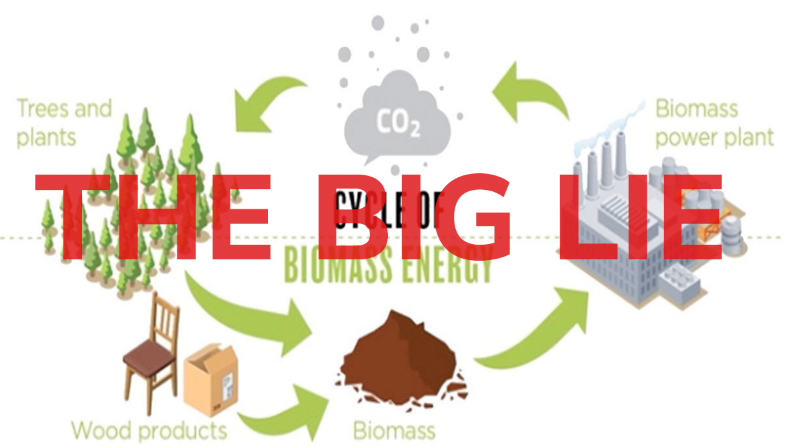
The big lie isn’t the fact that carbon dioxide is plant food, or that its effects on the climate don’t check out. You knew those things already. Or should.
The big lie is more insidious. It is so pervasive that even prominent climate skeptics take it for granted. It’s a scientific version of Orwellian Newspeak. It structures and permeates debates without users realizing. It epitomizes how propaganda is as much about controlling what you think as it is about controlling what you think about.
This big lie that the climate narrative hinges on is the carbon accounting framework. It enables propagandists to vilify cherry-picked sources of emissions like fossil fuels while keeping other, larger sources of avoidable emissions out of view.
Forestry emissions research inadvertently reveals what is actually fueling the rise in atmospheric carbon dioxide. A forest clear-cut produces a slow motion plume of carbon dioxide. It’s a wide open field with no plants to soak up the emissions tied to decomposition. The plume eventually stops when the canopy recovers. Thinning a forest instead leaves the canopy intact and produces no such plume. The leftover trees keep the soil fungi alive, break the wind, and soak up the inevitable emissions. Put another way, carbon emissions emitted below a canopy will tend to get soaked up by that canopy.
The carbon accounting framework enables propagandists to paint this canopy problem as an energy problem. Emission sources like fossil fuels get booked like expenses would be in a profit and loss statement. Land use emissions are more like balance sheet entries. They get tracked as carbon stock changes. Those are based on long-term estimate models that ignore short-term dynamics, such as what happens shortly after you clear a forest.
The numbers are nothing to sneeze at. A field full of tree stumps will spew several kilograms of carbon dioxide per square meter into the atmosphere before the canopy recovers. Exactly how much varies, but in the order of 10 tons per acre is a good ballpark to have in mind. Loggers harvest over 60 million acres each year. Most of those get cleared. So that’s a German economy or so worth of easily avoidable forestry emissions.
Reduced-impact logging makes this sketchy accounting objectionable. It shamelessly proposes to make carbon stocks more effective by (among other activities) reducing such forestry emissions. And loggers stand to pocket carbon offsets paid by guilt-tripped consumers for their trouble. A more elaborate protection racket would be hard to come by.
Farm fields produce comparable plumes. The rise in atmospheric carbon dioxide coincides with farms getting bigger and more mechanized. These two developments led farmers to remove hedgerows. Those kept the soil fungi alive, broke the wind, and soaked up the unavoidable emissions tied to farming operations. Settlers were also moving west at the time. They turned the Great Plains into wide open fields and overgrazed paddocks. Curbing these plumes is a simple matter of keeping plants in the ground.
The plumes tied to farming are so large that you can tell when farmers are tilling, harvesting, or burning fields in NASA visualizations. Regenerative farming critics can question how much carbon soil can store all they want. The question that actually matters is not losing soil carbon to begin with.
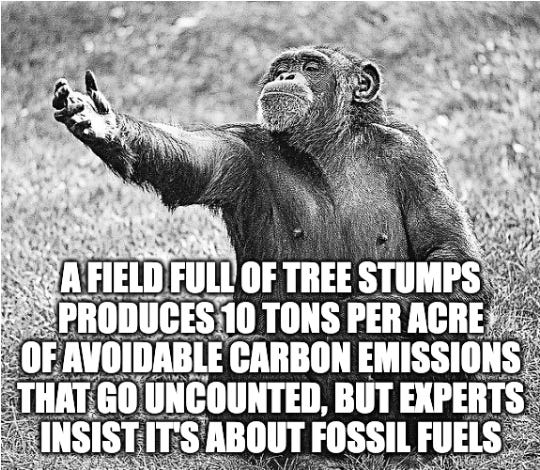
Fossil fuels contribute carbon dioxide to the atmosphere too, of course. A paltry 12% of the total, according to a recent paper. Atmospheric carbon dioxide increased like clockwork despite the drop in fossil fuel use during the pandemic, so that number is plausible. It likely comes from sources with no nearby plants, like planes and industrial smokestacks. A rocket mass heater like setup could soak up the latter if any of this mattered.
This counternarrative is kryptonite for the climate propagandists. It shows that cutting energy emissions is irrelevant regardless of whether their fear porn checks out or not. The same goes for mining to produce green tech; and for rewarding fossil fuel corporations, plantation operators, and nature conservancies to sequester carbon. None of these are necessary evils.
This matters because the propagandists don’t care when you debunk the would-be climate effects of carbon dioxide or the merits of their would-be solutions. Consider the past years. Fear driven righteousness was all the medical propagandists needed to steamroll forward. Contrarian readings of epidemiological data got nowhere. The only thing that gave them pause was a challenge to provide evidence that viruses exist.
Challenging the carbon accounting framework puts the propagandists in a similarly untenable position. It forces them to justify textbook accounting fraud. And with it, the military-driven mining, neocolonial land theft, racist violence, shameless profiteering, and tyrannical control that it is fueling. These points are all easy to understand and verify. That prevents experts from hiding behind credentials or jargon.
My sense is the propagandists will bail on court cases that challenge this big lie. Litigating it in court risks detonating green finance and collapsing their climate agenda. That makes a court case too risky. It’s only a matter of time before we find out for sure, because this information is circulating in circles that are defending against carbon offset related land grabs.
My SubStack will have updates on these cases. It also has crowdsourcing instructions if you’d like to help defund and bring down this clown show.
About the Author
Denis de Bernardy is the author of A Natural Language. His work exposes environmental big lies and puts solutions in front of the actual problems.
Are you a writer?
Get in touch to potentially have your work featured on the website.
Info@thegreatclimatecon.com

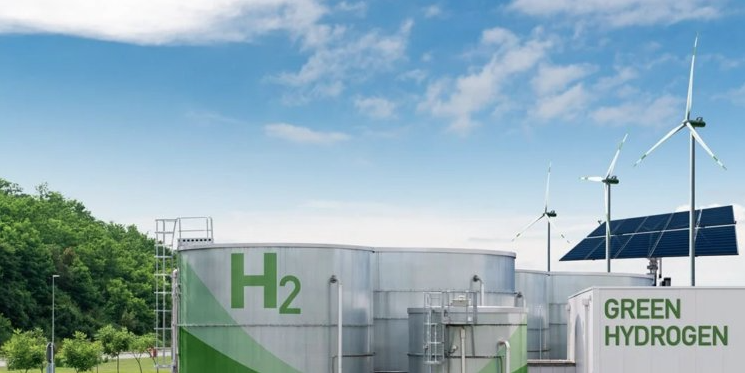
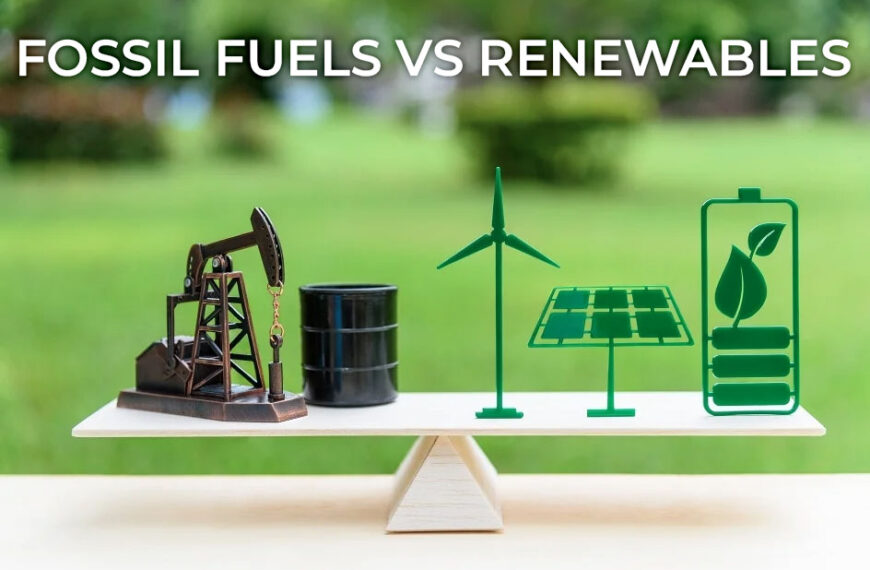

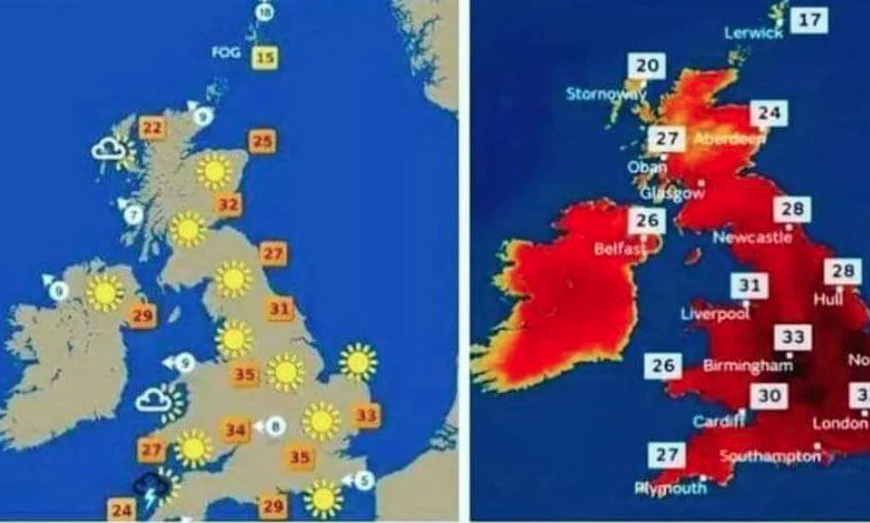
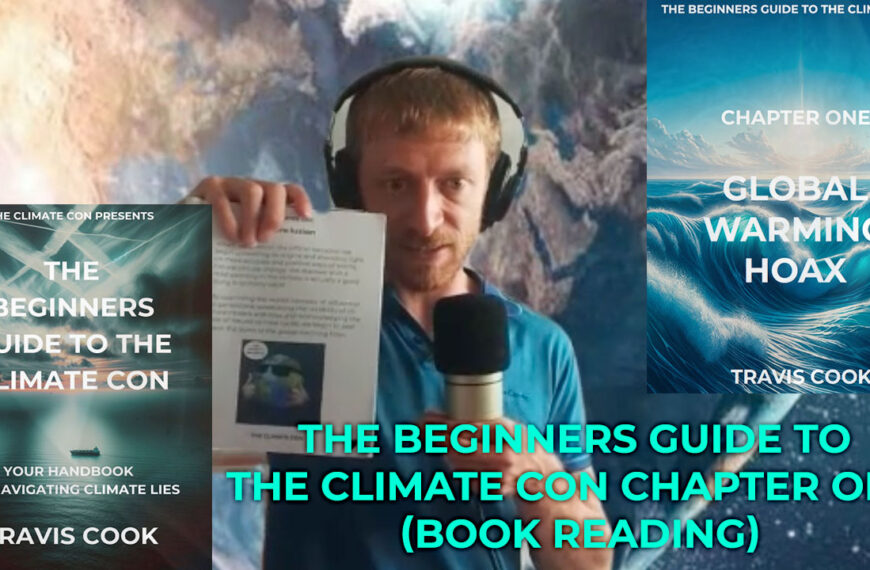
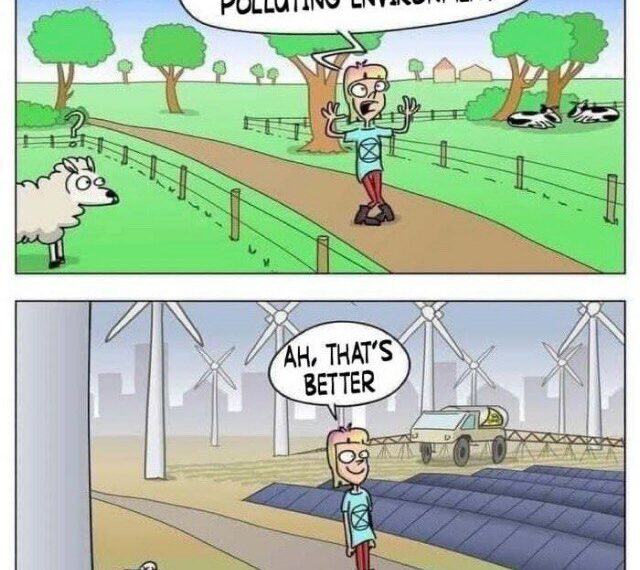
Aviator Spribe гэмблинг
aviator
Авиатор игра на деньги
aviator spribe играть
aviator spribe
https://sites.google.com/view/aviator-spribe/ Aviator Spribe
https://sites.google.com/view/krash-aviator-spribe/ Aviator Spribe